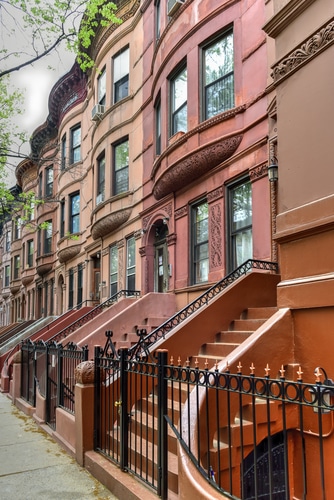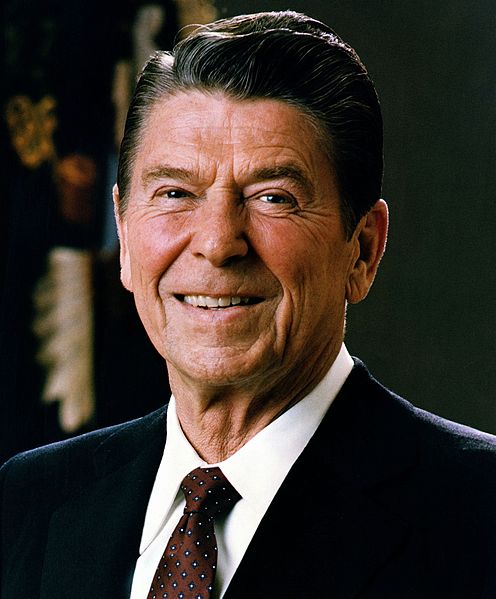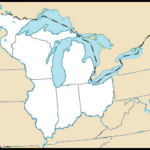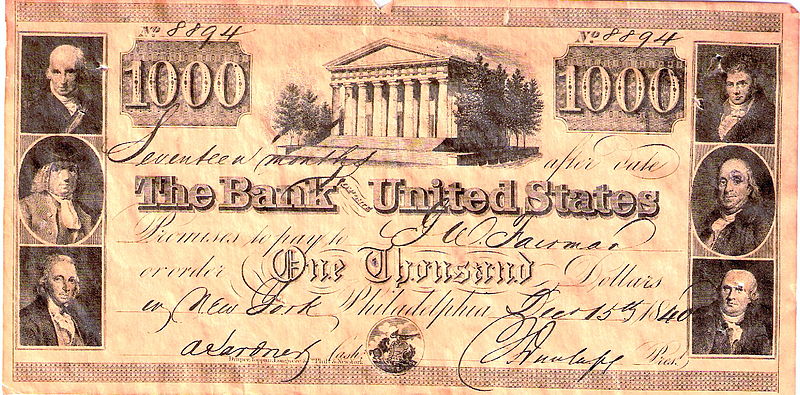The Great Migration may be one of the more difficult topics in your APUSH studies. That’s because of the complexity of the motivations and the large expanse of time that can be covered under this topic in U.S. history.
This post will break down the details of the complicated and rich period known as The Great Migration.
What is The Great Migration?
For nearly six decades, 6 million African Americans migrated from the U.S. South to the West, Midwest, and Northeast, usually in search of economic opportunity. This slow but mighty movement of individuals is commonly called The Great Migration.

When was The Great Migration?
From approximately 1916 to 1970, individuals and families moved from the South to the North. The
motivations of someone moving in 1916 are likely to be different than someone moving in 1968, and
yet both of these would be considered a part of the Migration; this is the nature of historical periodization.
In some ways, the Great Migration is similar to other immigrant narratives in that motivations for migration had similar push and pull factors. By contrast, African Americans were already U.S. citizens; they were looking to make their citizenship real by moving out of the U.S. South. In this sense, the Great Migration is not a typical narrative of immigration.
Let’s explore what that means.
Why does The Great Migration matter?
As you learned when you studied Reconstruction and its ramifications, the citizenship that the 14th Amendment guaranteed African Americans didn’t mean much.
African Americans routinely experienced political and economic oppression. Many individuals were trapped in debt peonage as sharecroppers, and any ability to escape this economic condition through the ballot box was thwarted by the actions of individuals and systems that barred African Americans from political participation.
If African Americans were considered citizens in the South, it was in name only. It may be helpful to think of The Great Migration in terms of other movements of immigrants. As Isabel Wilkerson writes in her sweeping history of The Great Migration The Warmth of Other Suns: The Epic Story of America’s Great Migration,
They [African Americans] traveled deep into far-flung regions of their own country and in some cases clear across the continent. Thus the Great Migration had more in common with the vast movements of refugees from famine, war, and genocide in other parts of the world, where oppressed people, whether fleeing twenty-first-century Darfur or nineteenth-century Ireland, go great distances, journey across rivers, deserts, and oceans or as far as it takes to reach safety with the hope that life will be better wherever they land (p. 179).
Starting with the factory opportunities brought on by World War I, African Americans saw a way to make their citizenship real by leaving the South for economic opportunities in the West, Midwest, and
Northeast.
These acts of migration formed what are now historically black areas in American metropolises, such as Bronzeville in Chicago and Harlem in New York City. However, although The Great Migration allowed African Americans to make their citizenship real in certain senses, ultimately these cities did not allow African Americans full citizenship either.
Segregation through substandard housing and the creation of legal ghettos through restrictive covenants, redlining, and violence met African Americans in these cities. The ramifications of this event are still being felt to this day.





Leave a Reply